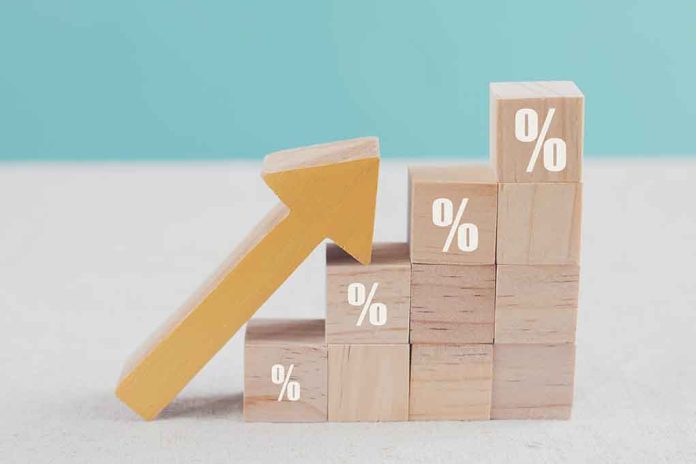
The homelessness crisis in the United States sees an alarming surge, raising questions about the role of recent policy changes and growing economic pressures.
At a Glance
- The U.S. witnessed a record high of over 653,000 homeless individuals in 2023.
- End of pandemic relief and rising housing costs are major contributors.
- States like New Hampshire and New Mexico saw the highest increases in homelessness.
- New York and California continue to have the largest homeless populations.
Homelessness Peaks in 2023
The U.S. Department of Housing and Urban Development reports a peak of 653,104 homeless individuals in 2023, marking a 12% increase from 2022. This troubling rise in numbers surpasses those seen during the Great Recession in 2007. The conclusion of pandemic-era protection programs and continuously escalating living costs have exacerbated the housing crisis for many across the nation.
Homelessness remains heavily concentrated in large urban areas across the country. Over half of the homeless population resides in the 50 largest U.S. cities, with New York City and Los Angeles alone accounting for a significant quarter of the total.
Factors Driving the Increase
Multiple factors have led to this surge in homelessness. High housing costs and increased immigration, along with the cessation of pandemic relief programs, have driven many into homelessness. Economic disparities and inflation further influence these trends, forcing numerous individuals and families out of their homes.
The problem has increased in 41 states, with notable hikes in New Hampshire, New Mexico, and New York. California remains a focal point of concern, with the highest numbers of homeless individuals and nearly half of the country’s chronically homeless population.
Demographic Impacts and Solutions
Demographic data show that every ethnic group experienced a rise in homeless numbers, with a notable 64% increase within the Asian community. The Hispanic/Latino population saw the largest increase in absolute terms. Additionally, homelessness is growing among children, veterans, women, and gender-expansive individuals.
A shortage of deeply affordable housing remains a primary driver of homelessness. The current response system struggles to meet heightened demand despite its efficiency. Calls are made for a systemic overhaul and targeted interventions to mitigate this ongoing crisis.
The Housing First approach, which provides permanent housing without preconditions, has shown promise in reducing homelessness but requires greater implementation and support.
Sources:
- America’s Homeless Population Reaches Record High Under Biden-Harris Admin
- Homelessness in America: Statistics, Analysis, and Trends
- State of Homelessness: 2024 Edition
- Homelessness And Health: Factors, Evidence, Innovations That Work, And Policy Recommendations
- HUD Releases 2023 Annual Homeless Assessment Report
- Homelessness Reached Record Levels in 2023
- The Costs and Harms of Homelessness






















